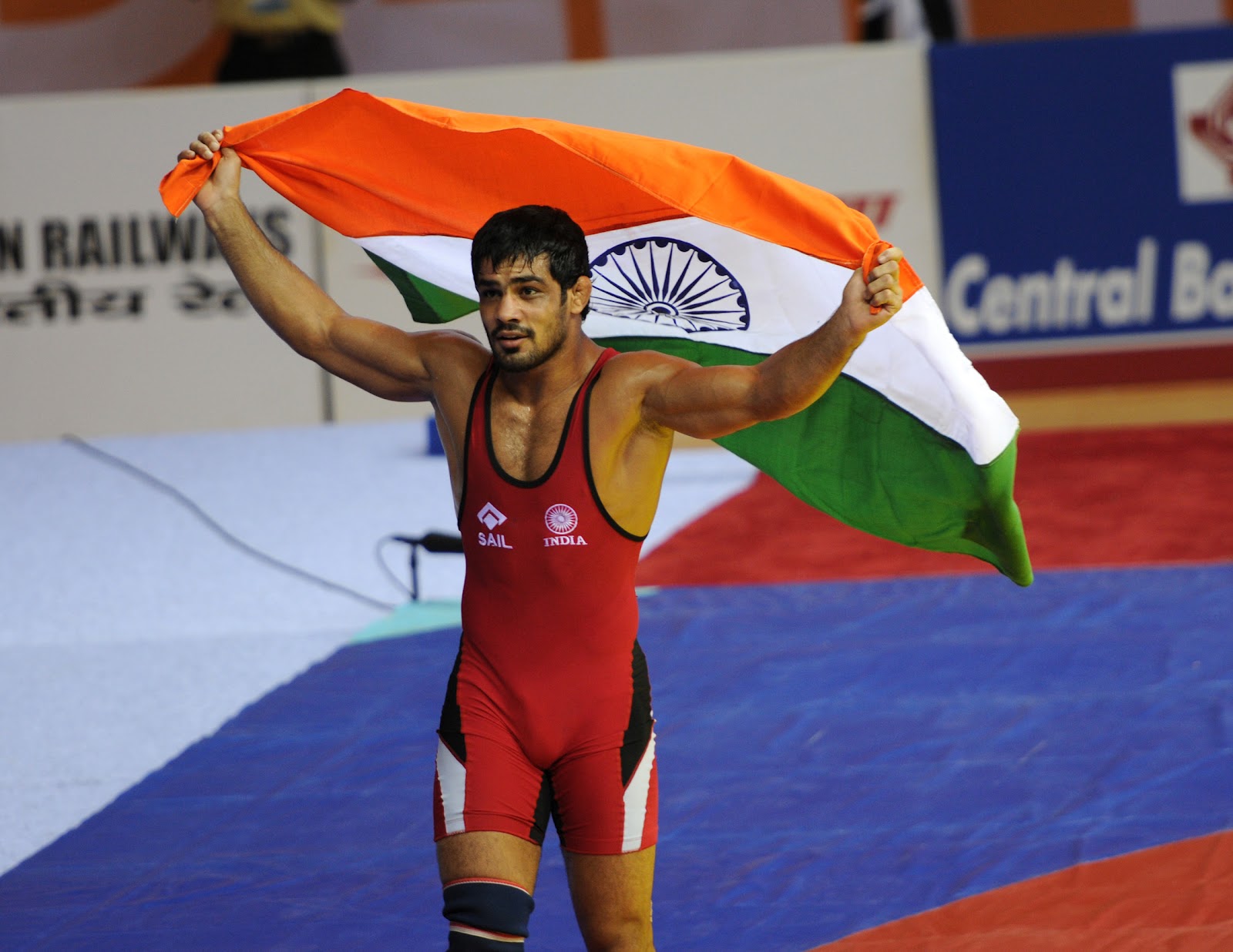New Delhi, June 3 (IANS) Nearly 60 years after the first ascent up the Mount Everest, Russian extreme sport star and athlete Valery Rozov flew off the north face of the world’s highest peak for a base jump at 7,220 metres above sea level.
The 48-year-old extreme sport ace succeeded with his latest project barely a few days short of the 60th anniversary of Edmund Hillary and Tenzing Norgay setting foot atop the world’s highest mountain peak (8,848 metres).
Rozov pulled off his most daring and spectacular base jump on May 5, but reports of the adventure have been detailed only now in a release Monday.
Rozov has made it into headlines around the world in recent years for his spectacular leaps. The adventure began in 2009 when he jumped into an active volcano in the far east on the Kamchatka peninsula of Russia. In 2010, he leapt from the Ulvetanna in the Antarctic and in 2012 he jumped from the Shivling mountain in the Himalayas.
Rozov jumped from an altitude of 6,420 metres in the Himalayas, which in effect also served as the final test for the ultimate jump for a man with an incredible over 10,000 jumps to his name. All of these jumps can only be seen as warm-ups to his most spectacular jump, from the highest mountain in the world.
Rozov, with his team, spent over two years preparing for the jump, including considerable time and effort devoted to developing a special new wingsuit. The team, which included four sherpas as well as photographers and camera crew, spent nearly three weeks in the Himalayas before the jump took place May 5.
The ascent began on the Chinese side of the famous north route. Rozov had selected a spot for his leap, at an altitude of 7,220 metres and it took him four days to climb from the base camp to the jumping location.
At precisely 2:30 p.m. local time May 5, he leapt despite adverse weather conditions and temperatures set at -18 degrees Celsius. Because the cliff at the top was not very high, the initial moments of the leap in the rarified high altitude air were the most critical.
Rozov needed more time than usual in the thin air to transition from freefall to flying. After that he flew for nearly a full minute at speeds of about 200 km/h along the north face before he landed safely on the Rongbuk glacier – at an altitude of 5,950 metres.
“Only when I got back home did I see how hard it was for me both physically and psychologically,” said Rozov after getting home to Moscow.
The opinions, beliefs and viewpoints expressed by authors, news service providers on this page do not necessarily reflect the opinions, beliefs and viewpoints of Hill Post. Any views or opinions are not intended to malign any religion, ethnic group, club, organization, company, or individual.
Hill Post makes no representations as to the accuracy or completeness of any information on this site page.



